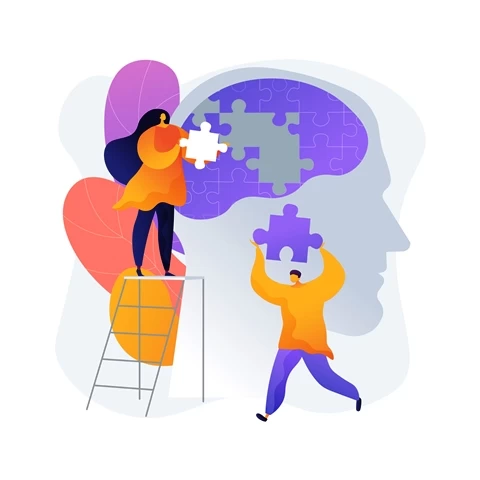
Cognitive Behavioral Therapy (CBT): Foundations, Techniques, and Application Areas
- Cognitive Behavioral Therapy (CBT): Foundations, Techniques, and Application Areas
- Foundations of Cognitive Behavioral Therapy
- Key CBT Techniques
- Application Areas of CBT
- Conclusion
Cognitive Behavioral Therapy (CBT) is the most widely used and scientifically proven psychotherapy approach in the field. Developed by Aaron T. Beck in the 1960s, this therapy focuses on the interaction between individuals' thoughts, emotions, and behaviors, and the impact of this interaction on human psychology. In this article I have prepared for you, we will explore the foundations of Cognitive Behavioral Therapy, its key techniques, and its application areas.
Foundations of Cognitive Behavioral Therapy
CBT concentrates on understanding and changing individuals' mental processes (thoughts, beliefs, judgments) and behaviors. The therapy aims to investigate emotional difficulties, negative thoughts, and behaviors, while identifying the relationships between them. Throughout the therapy process, individuals are encouraged to recognize their thought patterns and critically examine them.
One of the fundamental assumptions of CBT is that thoughts determine emotional and behavioral responses. In other words, when individuals' thought processes are negative or distorted, these thoughts can lead to negative emotions and harmful behaviors. Recognizing and modifying these thought patterns can positively impact individuals' emotional distress and challenges.
Key CBT Techniques
- Identifying Thought Patterns: CBT focuses on identifying thought patterns and commonly used cognitive styles. For instance, a thought pattern known as "catastrophic thinking" involves interpreting events in the worst possible manner. By identifying such thought patterns, CBT assists individuals in changing their negative thought patterns.
- Examining Unrealistic Beliefs: CBT encourages individuals to question their unrealistic beliefs. For example, a belief such as "everyone must like me" can lead to social anxiety. The therapy challenges such beliefs, offering realistic alternatives and aiding individuals in developing more flexible and healthy beliefs.
- Homework: Active involvement outside of therapy sessions is crucial in CBT. Therapists assign homework to encourage individuals to participate actively in the therapy process. Homework involves applying and evaluating thought and behavior patterns in daily life, contributing to the progress of therapy.
- Behavioral Experiments: CBT offers behavioral experiments that encourage individuals to confront challenging situations and experience their negative thoughts and emotions. Therapists encourage individuals to face their fears and engage in realistic experiences. This can reduce anxiety and fear, enhancing self-confidence.

Application Areas of CBT
CBT can be effectively used to treat various psychological disorders and issues. Below are some of the application areas of CBT:
- Depression: CBT is one of the most commonly used therapeutic approaches for treating depression. Challenging and changing negative thought patterns can help alleviate depression symptoms.
- Anxiety Disorders: CBT is effectively used in treating anxiety disorders such as panic attacks, social anxiety, and generalized anxiety disorder.
- Obsessive-Compulsive Disorder (OCD): CBT is an effective therapy for treating OCD. It helps individuals cope with intrusive thoughts and reduce compulsive behaviors.
- Post-Traumatic Stress Disorder (PTSD): CBT is effective in treating PTSD. It can help address negative thoughts and emotions associated with traumatic events.
- Eating Disorders: CBT is employed as a therapy for eating disorders. It addresses negative body image and facilitates the development of healthy thought patterns.
Conclusion
Cognitive Behavioral Therapy (CBT) is a widely used and scientifically proven psychotherapy approach that aims to understand and change the interaction between thoughts, emotions, and behaviors. CBT successfully treats a range of psychological disorders including depression, anxiety, OCD, PTSD, and eating disorders. It helps individuals become aware of their mental processes, question negative thought patterns, and develop healthier thought and behavior patterns. CBT is a powerful tool to enhance emotional well-being and contribute to a more fulfilling life.




